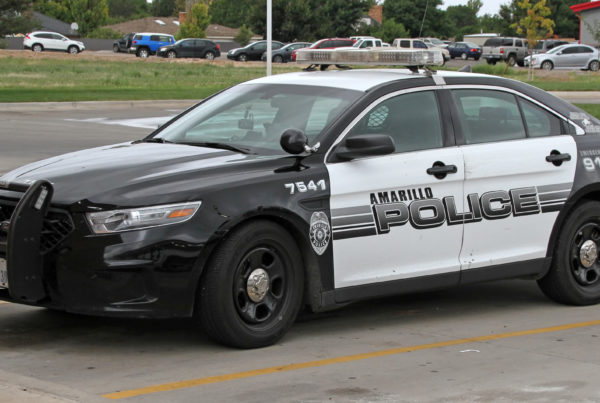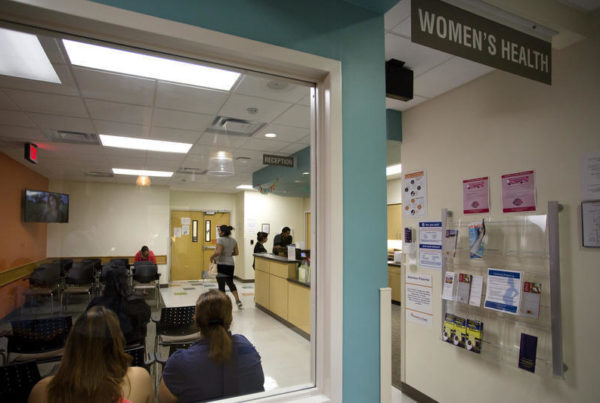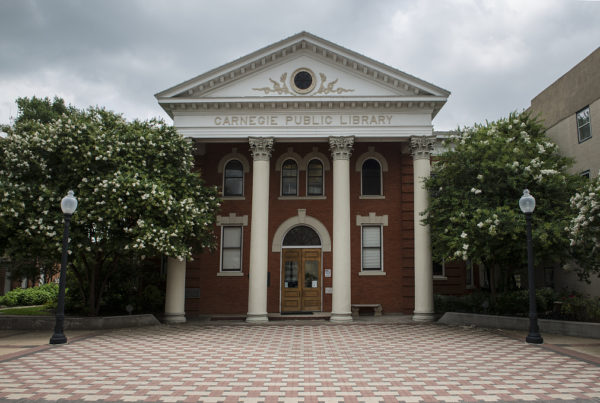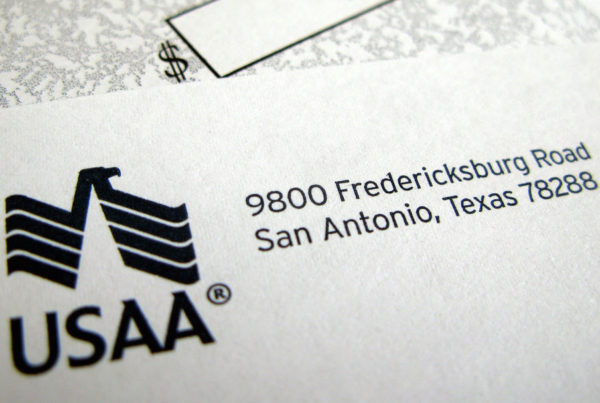On Monday, cable news banners were eerily familiar: a suspected mass shooting was being reported in San Bernardino, California – this time it at an elementary school.
The shooting left three people dead: a special needs teacher, Karen Elaine Smith, an 8-year-old student, and the shooter, Smith’s estranged husband.
Headlines read: “Student one of 3 dead in San Bernardino school shooting”, “San Bernardino School Shooting Leaves 3 Dead, Including Student”, “Murder-Suicide in a San Bernardino Elementary School Classroom Kills 3, Including One Child” and “Gunman fires into Calif. elementary classroom, killing teacher, child”. But the story quickly left the front pages.
Glamour recently pointed out that nowhere did the headlines mention that this was not only a school shooting, but an instance of domestic violence, with a few young boys caught in the crossfire.
According to the latest report by the Texas Council on Family Violence, 158 Texas women were killed by a male intimate partner in 2015, six of those were pregnant. In these incidents, 19 additional friends and family members were also killed.
Gloria Terry is the Chief Executive Officer of the Texas Council on Family Violence. She says the stigma of domestic violence lends a reluctance to media outlets and the public to call out domestic violence when it happens.
“We’ve become a bit desensitized to what the issue of domestic violence looks like in our community,” she says. “In some way, people believe that the victim had some assignment of blame. And so trying to reconcile our beliefs as a society with the actual incident is something that is complicated and we’ve got to peel back those layers.”
The public tends to dismiss domestic violence by viewing it as a disagreement between two people in a relationship, or assigning blame to the victim.
“We call them ‘domestic disturbances,’ when, in fact, it was a physical assault of one person on another person,” Terry says.
The San Bernardino shooting was a particularly extraordinary case of domestic violence, Terry says, because it happened in a school, where safety is of paramount importance. And the headlines should have included that it was, indeed, a case of domestic violence, instead of minimizing it, she says.
“This issue is not about the situation of an unhealthy relationship between two parties,” Terry says. “This is public safety issue and if nothing else this particular situation underscores that. It could’ve affected many more children in that school. But this is a wakeup call for us. This is not about what happened between two parties and let’s give this a language it deserves. Let’s not call these domestic disturbances. This is about somebody that is intent on causing harm at any means and that it happens widely in our community.”
Written by Beth Cortez-Neavel.
















